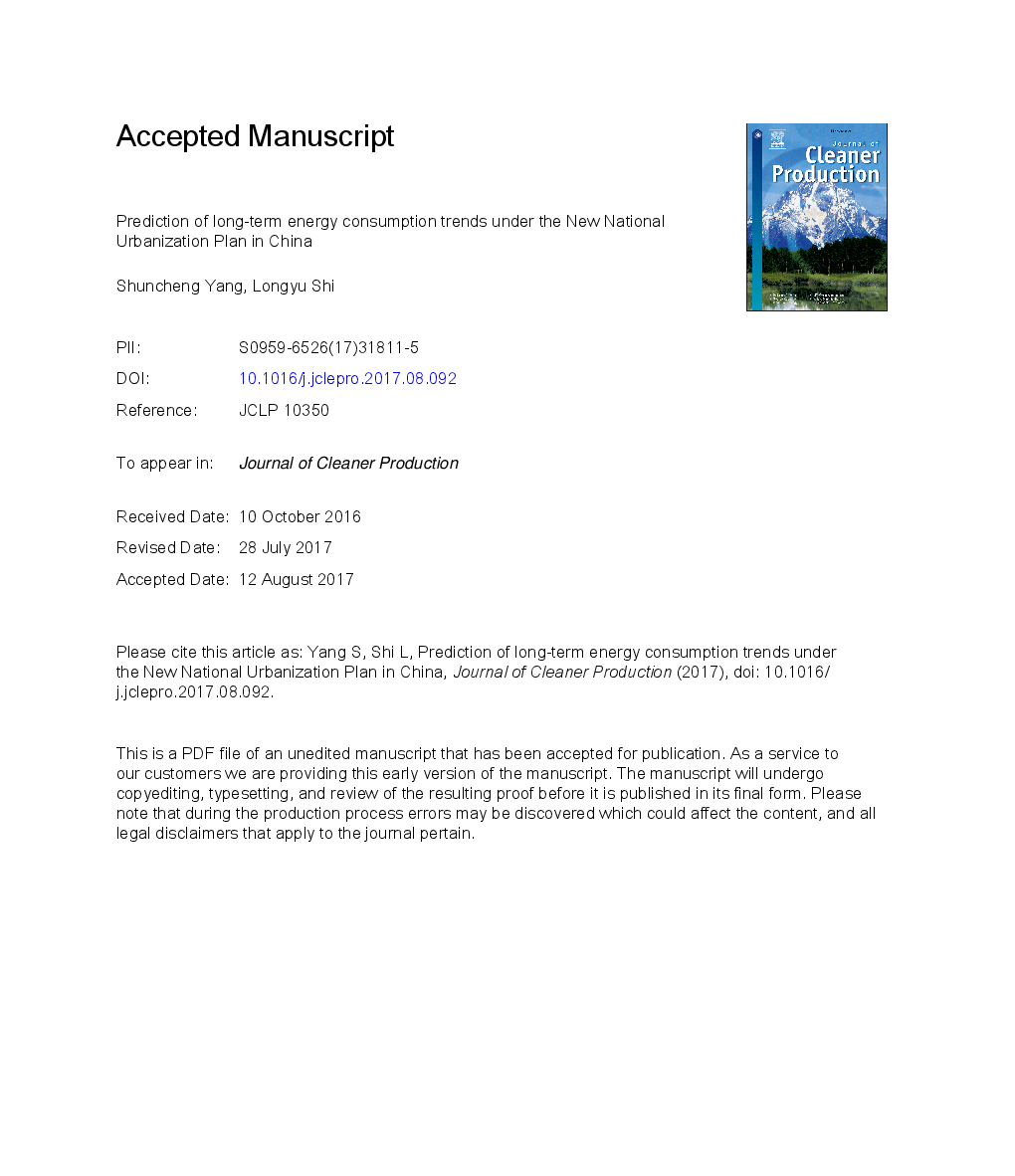ترجمه فارسی عنوان مقاله
پیش بینی روند مصرف انرژی درازمدت در طرح ملی شهری جدید در چین
عنوان انگلیسی
Prediction of long-term energy consumption trends under the New National Urbanization Plan in China
| کد مقاله | سال انتشار | تعداد صفحات مقاله انگلیسی |
|---|---|---|
| 89808 | 2017 | 50 صفحه PDF |
منبع

Publisher : Elsevier - Science Direct (الزویر - ساینس دایرکت)
Journal : Journal of Cleaner Production, Volume 166, 10 November 2017, Pages 1144-1153
ترجمه کلمات کلیدی
شهرنشینی، مصرف انرژی، پیش بینی، سیاست انرژی، چین،
کلمات کلیدی انگلیسی
Urbanization; Energy consumption; Prediction; Energy policy; China;

